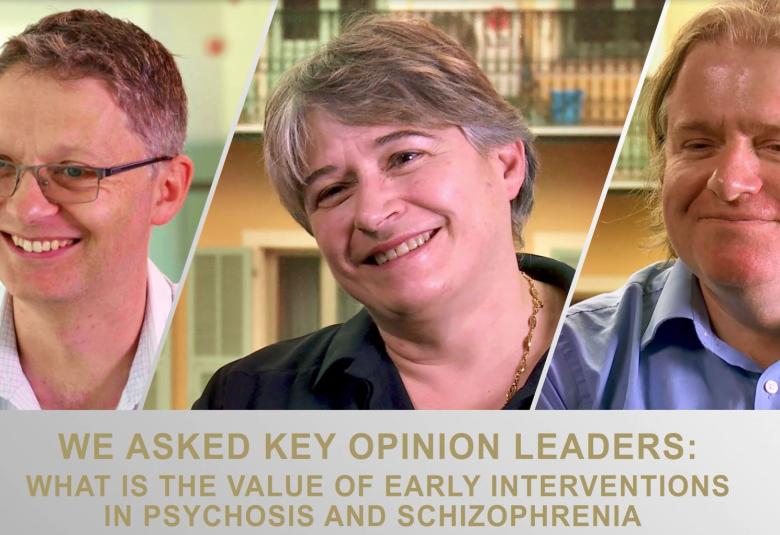What is your first priority when a patient presents with mania with depressive symptoms?
It’s often difficult to find the balance between treating mania and treating depression. When a patient presents with mixed features in general we tend to be more aggressive towards manic symptoms, especially towards agitation and hyperactivity. After that, once the patient is less agitated, less hyperactive, we can deal with depressive symptoms.
Do you think it is best to let your patient feel you are in control of their treatment and condition or should they take a more active part managing their condition?
I think that we should absolutely allow the patient to take an active part in their treatment, because otherwise they will not understand their illness and not understand their treatment, and we would get poor adherence. In general, bipolar disorder is a chronic disorder that requires long term treatment. The main challenge is about adherence, not about finding the right drug, which is often not that difficult. The main problem is managing adherence to the treatment you prescribe. I think that giving patients a more active role in treatment totally helps us to have much better adherence.
Our correspondent’s highlights from the symposium are meant as a fair representation of the scientific content presented. The views and opinions expressed on this page do not necessarily reflect those of Lundbeck.




